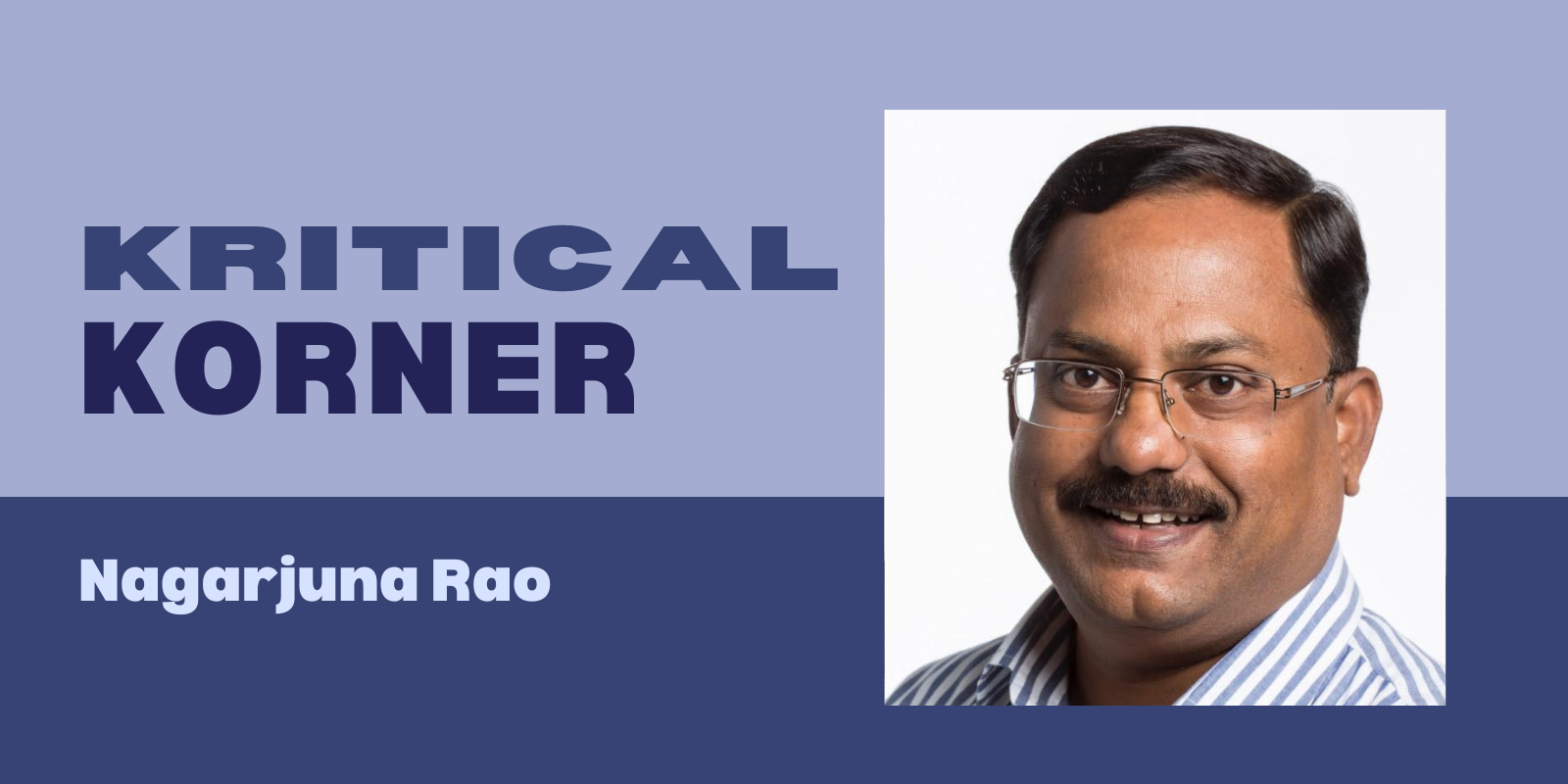Growing up, I often heard elders bless newlywed couples with wishes for a ‘house full of children.’ In our agrarian past, such blessings were not mere platitudes; they were practical wishes. Larger families meant more hands to till the land, sow seeds, and reap the harvest. Whether one owned land or worked as a farmhand, a bigger family translated to better productivity and, often, a more secure livelihood.
My parents bore eight children, and, in hindsight, I marvel at the challenge of raising and providing for all of us. Yet, for families like ours, that was the norm, and everyone played their part in making ends meet.
Meticulous planning
How things have changed! Young couples today meticulously plan every detail of their lives, including the size of their families. Some postpone parenthood for years, choosing to focus on careers or personal aspirations, while others decide to stop at just one child. The notion of having a ‘house full’ is now met with incredulity, if not outright disapproval.
This is the backdrop against which RSS chief Mohan Bhagwat’s recent remarks advocating a three-child policy for Hindus have sparked a political and social debate. While the opposition has been quick to criticise his suggestion as divisive rhetoric, it is worth pausing to understand the evolution of family size in India. The contrast between the past and present couldn’t be starker.

Back then, raising children was a communal effort, deeply rooted in necessity. Today, it’s a calculated choice, dictated by concerns about education costs, living standards, and even environmental sustainability. As fertility rates drop and nuclear families become the norm, Bhagwat’s remarks touch a raw nerve in an already polarised political landscape.
A mix of nostalgia and pragmatism
One can’t deny that population control remains a pressing issue for India, where 1.4 billion people share limited resources. But the solution doesn’t lie in urging one community to have more children; it lies in addressing larger systemic issues. Education, healthcare, and equal economic opportunities should form the backbone of any demographic strategy.
For me, the debate brings a mix of nostalgia and pragmatism. While I hold deep respect for the resilience of my parents’ generation, I also understand the careful calculus of today’s young couples. Times and perspectives have changed, and so must our approach to building a future that balances tradition with progress.




